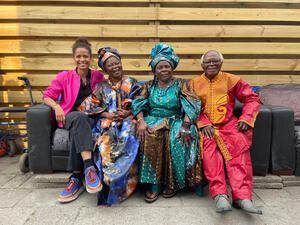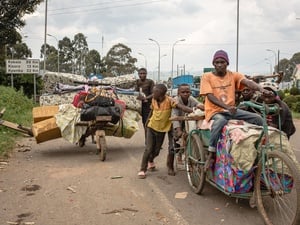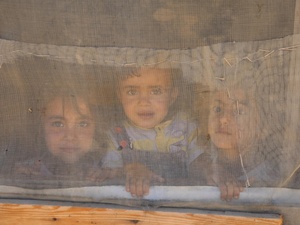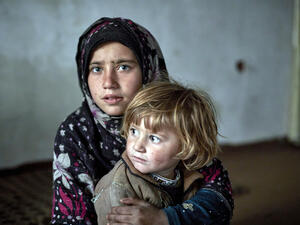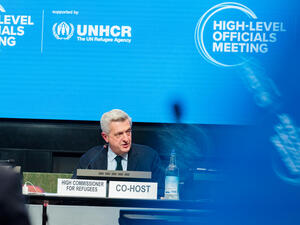New handbook addresses reception and integration of resettled refugees
New handbook addresses reception and integration of resettled refugees
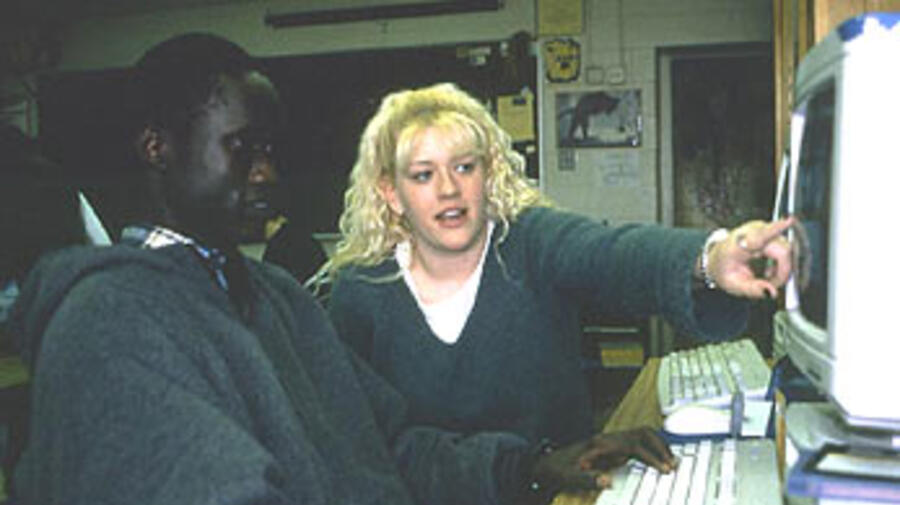
One of the "Lost Boys" of Sudan surfing the Web with his American teacher in his host community of Richmond, Virginia. The United States is a major resettlement country for refugees.
GENEVA, October 1 (UNHCR) - The UN refugee agency has co-published a handbook on refugee resettlement, addressing issues like initial reception, education and employment while incorporating the experiences of resettled refugees.
Published by UNHCR and the Victorian Foundation for Survivors of Torture (VFST), "Refugee Resettlement: An International Handbook to Guide Reception and Integration" is targeted primarily at programme planners in countries or communities that are planning to receive resettled refugees.
"We are delighted that this handbook has been published," said Erika Feller, UNHCR's Director of International Protection. "Resettlement is a vital durable solution for refugees, but concrete programmes are needed to help refugees integrate in their new countries. That is what this handbook is all about."
The handbook was written by experts from the VFST, with financial support from the government of Australia. Substantive advice was provided by UNHCR and by a task force consisting of governmental and non-governmental organisation representatives from a dozen countries. It addresses issues such as initial reception of resettled refugees, ways of preparing receiving communities, language training, education, employment, and the special needs of children.
"The handbook is unique," said Paris Aristotle, Director of the VFST. "It shows how valuable it is to pool the expertise of resettled refugees, resettlement workers, governments and UNHCR."
The handbook, which is written in a user-friendly style, is targeted primarily at programme planners. It provides practical examples of "best practices" in various countries. Because refugees themselves are at the centre of the resettlement process, the handbook is interspersed with comments from resettled refugees, reflecting their own experiences.
The production of this handbook was one of the outcomes of the April 2001 International Conference on the Reception and Integration of Resettled Refugees, which was hosted by the Swedish government. The Conference endorsed refugee resettlement and successful integration as important pillars of the international system of refugee protection.
But the conference's participants noted that there had been little systematic effort to compile examples of "good practice" in refugee resettlement. One idea that gained general support at the conference was to produce a book that would allow for experience and good practice to be shared across borders.
The handbook is not a "how to" guide, but is intended to be helpful to any government or community that is planning to receive resettled refugees. It will be especially useful for countries or communities considering refugee resettlement for the first time.
The handbook also supports the Agenda for Protection - a detailed and wide-ranging set of goals and objectives that will act as a blueprint for improving the protection of asylum seekers and refugees worldwide. The Agenda, which is expected to be endorsed later this week by the 61 governments that sit on UNHCR's Executive Committee, calls for developing capacity with new resettlement countries and ensuring that resettlement "runs in tandem with a more vigorous integration policy" - goals that are furthered by the handbook.
While the UN refugee agency has long relied on resettlement programmes in countries such as the United States, Canada, Australia, as well as the Nordic countries, it has also been working to expand the availability of resettlement by increasing the number of participating countries. Seventeen countries are now involved in the resettlement effort, including newcomers such as Benin, Brazil, Chile and Ireland.
Ismail Ibrahim, National Refugee Education Co-ordinator in New Zealand and himself a resettled refugee, describes the handbook as "a cornerstone in building the capacity of the international community to respond meaningfully to the plight of refugees."



